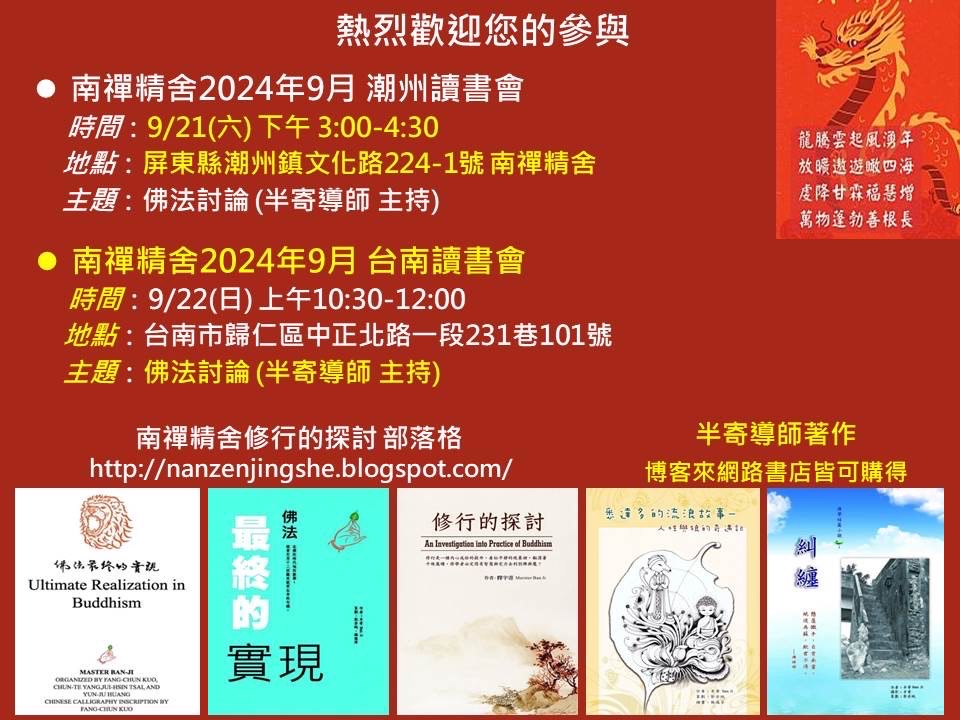標題:中觀27道題
南禪朋友好!
貪與貪染者
《中觀27道題》觀察貪與貪染者,67頁第6行直接點出「但是對於阿毗達磨師而言,「人」不是勝義實有。
這裡也是《中觀論》的觀染染者品。
「人」不是勝義實有,換句話可以說「人」沒什麼好討論嗎?(哈)說這話的中觀論師們有笑傲江湖的架式!
記得苦讀《中論》時也是金庸小說的年代,
在苦悶的年代裡看到觀染染者都要拍案叫絕!
而今《中觀27道題》的作者更直接指出論師的立場是「人」不是勝義,
我每次想到都要微笑好幾天!
是啊!
憑什麼說大家都是貪婪者?
憑什麼說大家都有貪婪?
有人跟你的處境是不一樣的!(哈)
花的存在就是花,沒告訴「人」它的名字是貪。
而人的存在不是爲了貪染。
「人」不是勝義,直接跳過染缸指出「人」的錯覺比較值得討論,令人神情愉悅!
半寄
Nagarjuna’s
Middle Way: Mulamadhyamakakarika
Desire and the
One Who Desires
Greetings, friends
of NanZen!
Nagarjuna’s Middle
Way Chapter 6: Rāga-raktaparīkṣā. examines desire and the one who desires. On
page 67, line 6, it directly states: "For Abhidharma scholars, “human
nature” is not the ultimate truth or the permanent entity."
This is also the
core idea in the Observation of Desire and the One Who Desires chapter of Mūlamadhyamakakārikā.
So, if " human nature"
is not ultimately real, does that mean there's nothing to discuss about
"people"? (Ha!) The Madhyamaka masters had an air of carefree
grandeur, like heroes from The Smiling, Proud Wanderer!
I remember
studying Mūlamadhyamakakārikā intensely during the era of Jin Yong
novels. Even in those tough times, reading about Observation of Desire and the
One Who Desires made me want to jump up and applaud!
Now, the authorrs
of Nagarjuna’s Middle Way: Mulamadhyamakakarika state even more directly
that the Madhyamaka position is: "Human nature" is not ultimately
real.
Every time I think
about this, I can’t help but smile for days!
Yes!
On what grounds do
we say everyone is greedy?
On what grounds do
we say everyone has desire?
Not everyone
shares the same circumstances! (Ha!)
A flower simply
exists as a flower; it never tells "people" that its name is greed.
Likewise, human
existence is not for the sake of desire.
Since " human nature"
is not ultimately real, why not skip the murky waters and focus on correcting
misconceptions of ‘human nature’ instead? Now, that is inspiring and truly
delightful!
Master Banji


